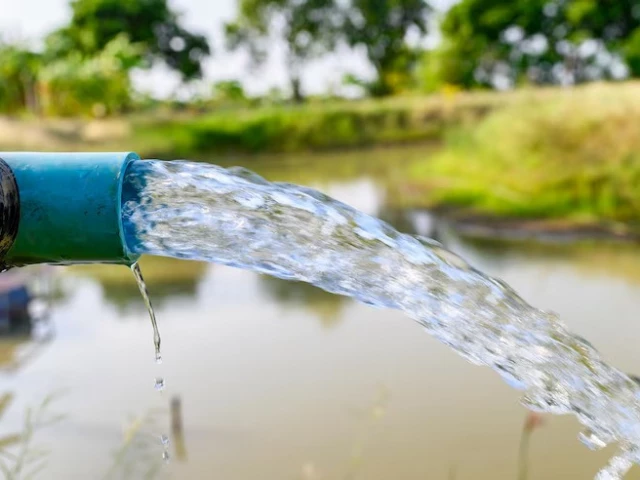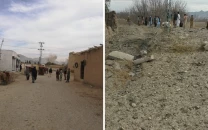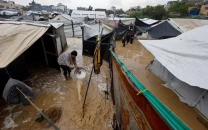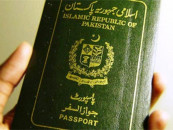Punjab moves to refill falling water table
Provincial govt selects 15 sites for 1,000 recharge wells

In a bid to curb groundwater depletion, the Punjab government has unveiled plans to develop 1,000 recharge wells across the province.
The initiative aims to replenish fast-declining aquifers and ensure long-term water sustainability amid rapid urbanisation, rising population, and climate pressures.
Punjab Housing Secretary Noorul Amin Mengal on Saturday visited the Liberty Chowk recharge well site, where Water and Sanitation Agency (WASA) Managing Director Ghafran Ahmed briefed him on the project's scope and design. The new well has a daily capacity of 8,000 gallons, while three others are already operational in Lahore.
Initially, 15 sites across the city have been identified for digging recharge wells. Mengal noted that modern engineering solutions are being deployed to stabilise groundwater levels. He added that the Parks and Horticulture Authority (PHA) will allocate space in all city parks for future recharge wells.
Mengal underscored, "Water is a blessing; we must prevent it from being wasted. All departments will complete this project with full seriousness."
WASA will oversee similar projects across Punjab to improve the province's water balance.
Experts have long warned that Lahore's groundwater is depleting at an alarming rate. Large areas of the city are covered in concrete, preventing rainwater from naturally soaking into the ground.
According to the Irrigation Research Institute, during the recent monsoon, only 1.5 million litres of water was artificially recharged through existing wells - far below the potential of 10 to 15 acre-feet. The rest drained away into sewers and stormwater channels. Estimates indicate that Lahore's water table is falling by up to four feet annually, depending on the area. In Gulberg, the depth has dropped from about 125 to over 300 feet, while in some localities, potable water is now found as deep as 800 feet, with upper layers turning increasingly brackish.
Despite existing recharge wells, extraction continues to outpace replenishment, with 1,500 to 1,800 tube wells pumping water round the clock. Experts stress the urgent need for large-scale recharge systems, underground dams, and rainwater harvesting across institutions and private properties to avert a looming crisis.
Pakistan's groundwater depletion reflects a nationwide water emergency. The United Nations Development Programme (UNDP) and Pakistan Council of Research in Water Resources (PCRWR) have repeatedly warned that the country could face "absolute water scarcity," with per capita availability down to 930 cubic metres per year — far below the global water-stress threshold.
Back in 2015, a study by the United States National Aeronautics and Space Administration (NASA) identified the Indus River Basin as the world's second most water-stressed region.
The construction of more than 5,000 dams in India, including the Shahpur Kandi Barrage completed early last year, has further reduced water inflows into Pakistan, worsening the crisis.
Experts estimate that 30 million acre-feet (MAF) of water flow unused into the Arabian Sea every year — a $29 billion annual loss — due to weak management and lack of storage. Meanwhile, 50-55 MAF of groundwater are extracted annually, while only 40-45 MAF are naturally recharged.




















COMMENTS
Comments are moderated and generally will be posted if they are on-topic and not abusive.
For more information, please see our Comments FAQ